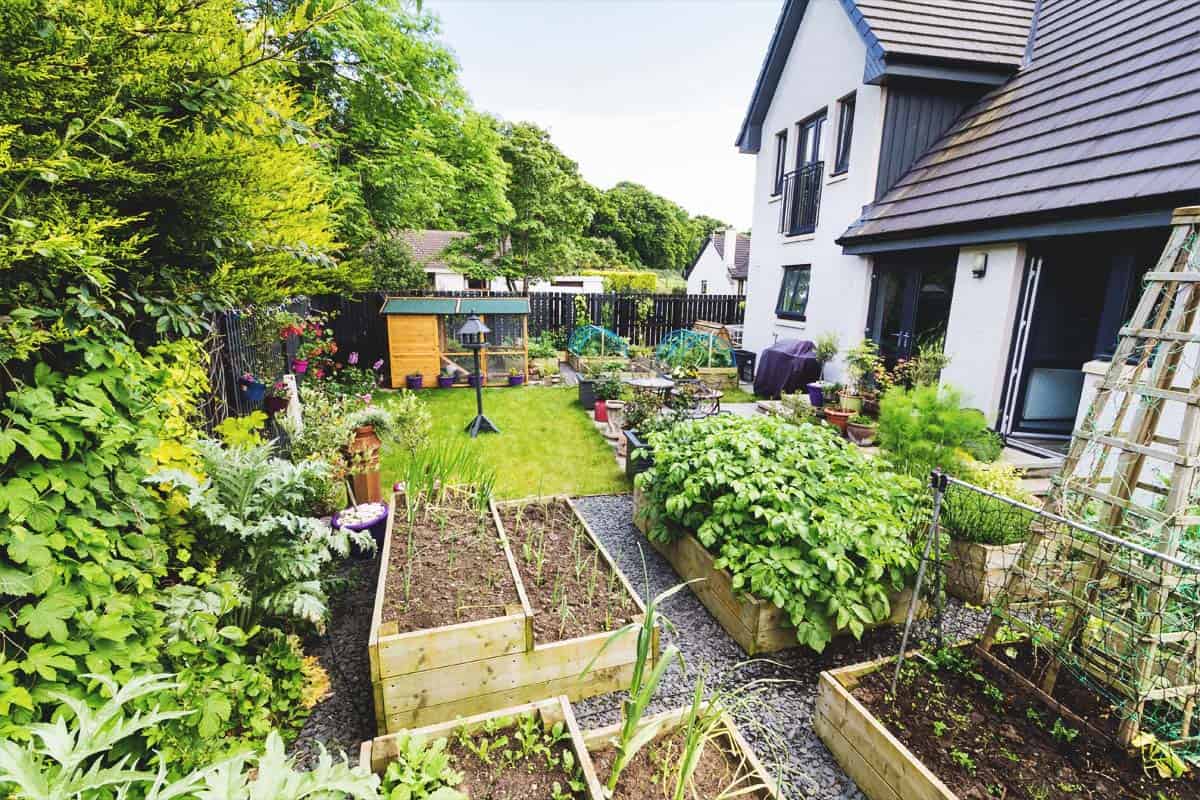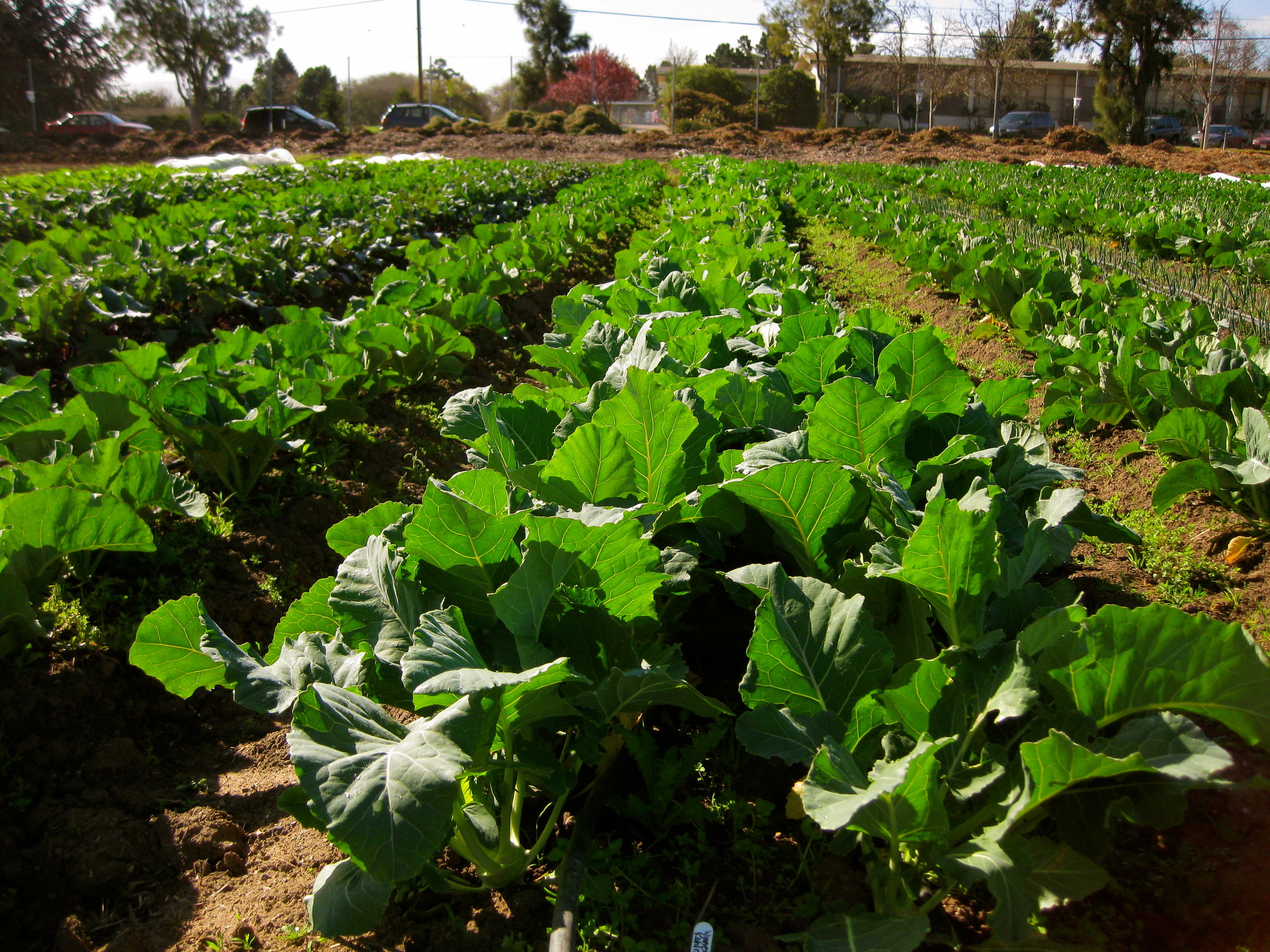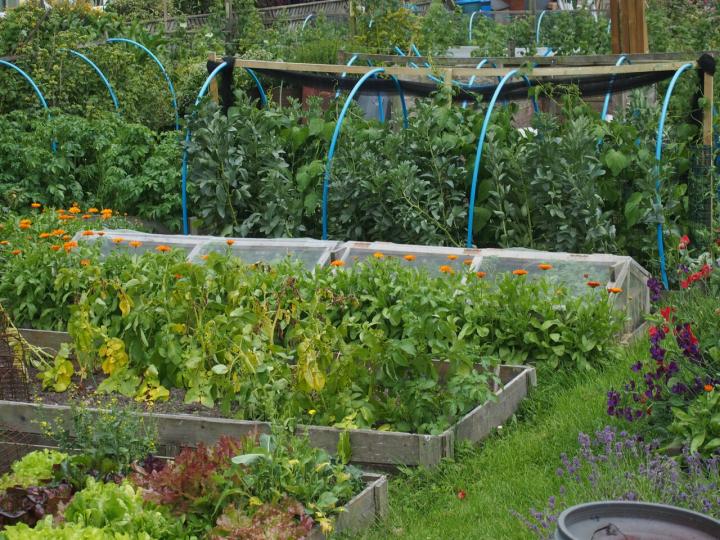Eco-Friendly Methods in Homestead Gardening
Eco-Friendly Methods in Homestead Gardening
Blog Article
Learn Just How to Grow a Growing Gardening Setting for All Ability Degrees
Developing a prospering garden is a complex venture that can be welcomed by individuals at any kind of skill degree. By analyzing vital elements such as dirt health, proper plant option, and seasonal care regimens, one can develop a sustainable horticulture practice that produces enjoyable results.
Recognizing Your Garden Area
In the world of horticulture, understanding your garden room is extremely important to cultivating a prospering landscape (Homestead Gardening). The primary step in this venture entails assessing the details characteristics of your plot. Aspects such as dirt make-up, sunlight exposure, and drain play essential roles in identifying the suitability of your garden for different kinds of plants
Begin by performing a soil test to evaluate pH levels and nutrition material, which will notify any required changes. In addition, observe just how much sunshine your room obtains throughout the day. Various plants have differing light needs; some thrive in full sun, while others choose full or partial shade.

Finally, assess the offered space and plan accordingly. This includes considering plant heights and infected make sure ample space for growth without overcrowding. By gaining an extensive understanding of your yard room, you established the structure for a successful gardening experience.
Choosing the Right Plant Kingdoms
Selecting the right plants for your yard needs careful consideration of numerous factors, including environment, soil conditions, and individual preferences. Start by evaluating your neighborhood climate, as particular plants thrive particularly temperature ranges and climate patterns. Exotic plants may not survive in chillier regions, while sturdy perennials can endure harsh winters months.

Consider your personal choices, consisting of aesthetic allure and maintenance degrees. Choose whether you favor dynamic blossoms, lush vegetation, or edible plants. Additionally, factor in the time and initiative you agree to purchase plant treatment, as some varieties require even more interest than others.
Lastly, think of the garden's design and light direct exposure. Sunlight patterns throughout the day will certainly affect your selections-- some plants require full sun, while others thrive in shade. By attentively assessing these aspects, you can develop a harmonious and efficient garden tailored to your setting and preferences.
Crucial Gardening Tools
A well-appointed gardener can significantly enhance their gardening experience and outcomes. Important gardening tools are essential to growing an effective yard, no matter skill level. First, a durable spade is important for digging and turning soil, while a trowel permits precise planting and hair transplanting of smaller sized plants.
Trimming shears are crucial for preserving check this plant health and wellness by removing dead or overgrown branches, advertising much better air circulation and growth. Additionally, a hand rake is useful for getting rid of particles and aerating the dirt, making sure ideal conditions for plant origins.
Gardening handwear covers safeguard hands from chemicals, thorns, and sores, making them a necessary accessory. A watering can or hose with a flexible nozzle makes sure that plants receive ample wetness without overwatering.
Lastly, consider investing in a durable wheelbarrow for carrying soil, plants, and devices around the garden successfully. By putting together a top quality toolkit that consists of these important things, gardeners can take on different jobs with confidence and convenience, leading the way for a growing gardening setting. Remember, the right devices not just enhance efficiency however additionally boost the general satisfaction of the gardening procedure.
Dirt Preparation and Maintenance
Quality dirt is the foundation of a successful yard, making proper preparation and upkeep crucial for healthy and balanced plant development. The first step in dirt preparation includes checking its pH and nutrient levels. This can be attained via soil testing packages available at gardening centers or with professional services. Based upon the examination results, modifications can be made to enhance soil conditions for certain plant demands.
Including raw material, such as garden compost or well-rotted manure, is crucial for improving soil structure and fertility. This not only boosts nutrient availability but also promotes useful microbial activity. Furthermore, appropriate water drainage is essential; hefty clay dirts might need the enhancement of sand or perlite to enhance aeration.
Routine upkeep of dirt health consists of mulching, which preserves dampness and subdues weeds. In addition, revolving plants annually helps prevent nutrient depletion and lowers parasite and condition dangers. It is also essential to prevent over-tilling, which can disrupt soil structure and harm beneficial microorganisms.
Inevitably, a regular commitment to soil prep work and maintenance will bring about a growing garden, ensuring that plants receive the crucial nutrients they require for robust development and efficiency.
Seasonal Treatment and Administration

In spring, focus on growing brand-new seeds and plants, while also carrying out dirt tests to change nutrient deficiencies. Consistently inspect for parasites and illness, as these can multiply with the warming climate. Summertime demands regular watering and mulching to keep dampness, along with trimming for far better air flow.
As fall techniques, it's time to prepare the yard for dormancy. This includes collecting crops, tidying up particles, and using a layer of mulch to protect plant roots from frost. Think about growing cover plants to enrich the soil throughout the winter season.
Inspect structures like greenhouses for damage and guarantee appropriate insulation for sensitive plants. By adapting your gardening techniques to the seasonal cycles, you can foster a flourishing atmosphere that supports plant health and wellness year-round.
Final Thought
To conclude, growing a successful garden calls for an extensive understanding read more of essential concepts such as dirt structure, sunlight exposure, and suitable plant option. Executing reliable soil prep work and upkeep strategies, in addition to using the right tools, cultivates an optimal expanding setting. Routine seasonal care and management practices further boost plant wellness and performance. By sticking to these foundational guidelines, people in any way skill levels can attain a growing garden that adds to both aesthetic pleasure and environmental sustainability.
Choosing the right plants for your yard requires mindful consideration of numerous factors, consisting of climate, dirt conditions, and individual preferences. Conduct a dirt test to establish pH levels and vitamins and mineral material, which will assist you in selecting plants that will prosper in your garden.Last but not least, consider investing in a tough wheelbarrow for moving soil, plants, and tools around the yard effectively.Quality dirt is the foundation of a successful yard, making appropriate prep work and upkeep vital for healthy plant growth. Homestead Gardening.In final thought, growing an effective garden needs a detailed understanding of essential principles such as recommended you read soil make-up, sunlight direct exposure, and suitable plant option
Report this page